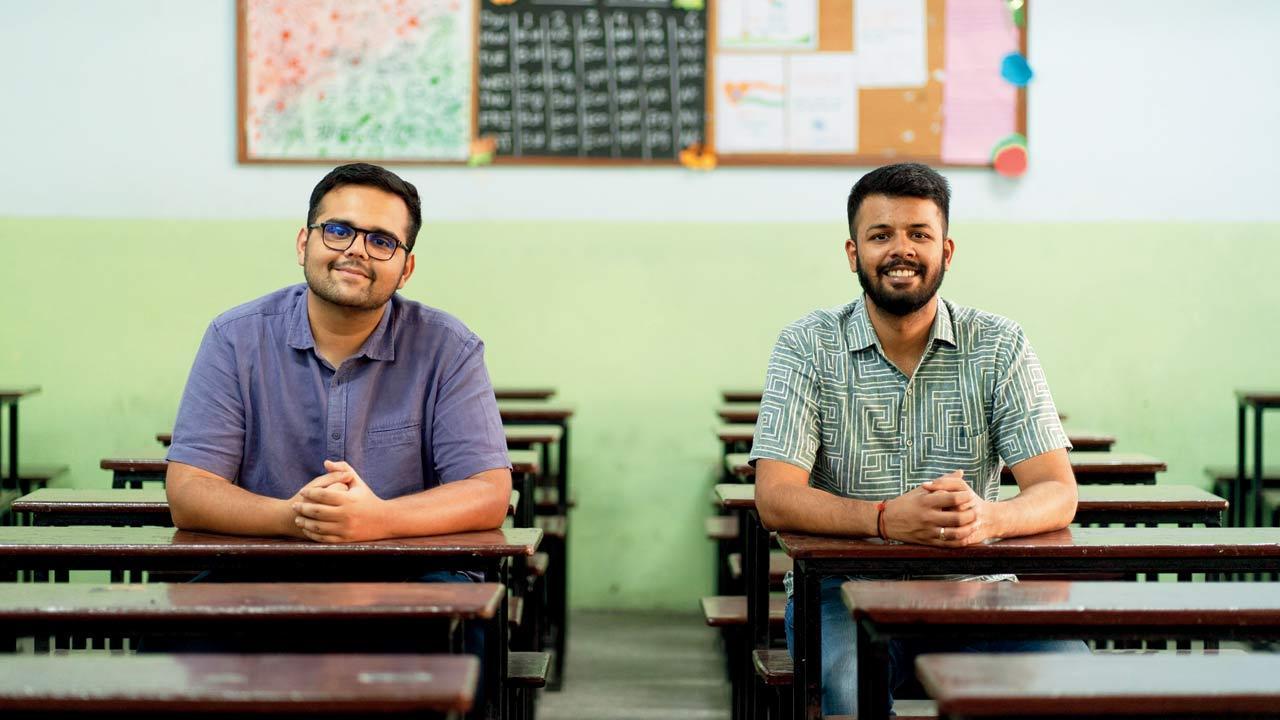Home / Entertainment / Bollywood News / Article /
Mid-Day 45th Anniversary Special: ‘Is it dystopian when an actor becomes robot’s
Updated On: 26 July, 2024 08:55 AM IST | Mumbai | Mohar Basu
Actor Naman Pincha and director Syed Shadan, who shot their short film Overdrive employing the software Wonder Dynamics, break down how Pincha played second fiddle to a robot during the shoot of their 10,000-rupee movie

Syed Shadan and Naman Pincha
When it comes to big-ticket Bollywood films, we often hear that it has been delayed because its VFX is taking longer than expected. That special effects is a time-consuming process has been ingrained in everyone’s heads. So, imagine actor-writer Naman Pincha and writer-director Syed Shadan’s surprise when they stumbled upon Wonder Dynamics, which enabled them to pull off their short film, Overdrive, in two weeks!
When we meet the two-people team behind the film, they explain that Wonder Dynamics is a software that focuses on integrating AI and visual effects to streamline and enhance the filmmaking process. Pincha says, “The idea is to make high-quality visual effects more accessible and affordable for filmmakers, particularly those working with limited budgets. Before this, we had made a music video where we had used two CGI-generated babies. The three-minute video took us eight months to make. This project is so much more CGI-heavy than that; it was made in two weeks and on one-tenth the budget. The speed at which this was made was mind-blowing.”




